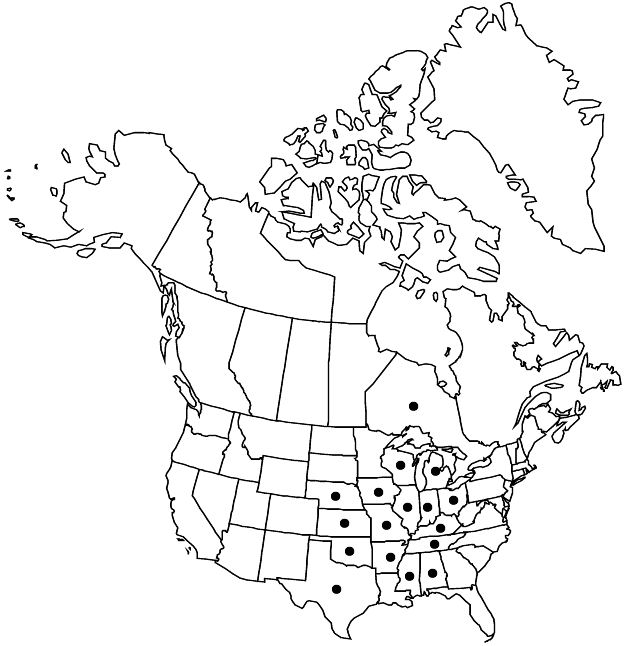Difference between revisions of "Hypericum sphaerocarpum"
Fl. Bor.-Amer. 2: 78. 1803.
FNA>Volume Importer |
FNA>Volume Importer |
(No difference)
| |
Revision as of 22:42, 16 December 2019
Herbs (perennial) or subshrubs, erect or decumbent, not or rarely rhizomatous, unbranched or branched proximally, 2–6 dm. Stems: internodes 2–4-lined. Leaf blades narrowly elliptic or narrowly oblong to linear, 30–70 × 3–15 mm, base not articulated, narrowly cuneate to linear, margins plane to revolute, apex subacute to rounded, midrib with 0–4 pairs of branches. Inflorescences rounded-corymbiform, 7–70-flowered, narrowly branched, sometimes with dichasia or branches from to 8 proximal nodes. Flowers 10–15 mm diam.; sepals persistent, not enclosing capsule, 5, broadly ovate to oblong-elliptic, ± unequal, 2.5–5 × 1.5–3 mm; petals 5, bright yellow, oblanceolate-elliptic to elliptic, 5–9 mm; stamens persistent, 45–85; ovary 3-merous, placentation parietal. Capsules broadly ovoid to depressed-globose, 4.5–8 × 4–7 mm. Seeds carinate, 2–2.7 mm; testa coarsely reticulate.
Phenology: Flowering summer (Jun–Aug).
Habitat: Rocky outcrops or embankments, prairies, stream banks, usually wet or moist, railroad embankments
Elevation: 500–1000 m
Distribution

Ont., Ala., Ark., Ill., Ind., Iowa, Kans., Ky., Mich., Miss., Mo., Nebr., Ohio, Okla., Tenn., Tex., Wis.
Discussion
Hypericum sphaerocarpum differs from H. cistifolium and H. nudiflorum in its semiherbaceous habit and more northwestern distribution, as well as in its combination of relatively long, narrow leaves, persistent sepals, globose and apiculate to rounded capsules, and relatively large seeds. The narrow-leaved, bushy form from eastern parts of the range (var. turgidum) merges with the typical form.
Selected References
None.